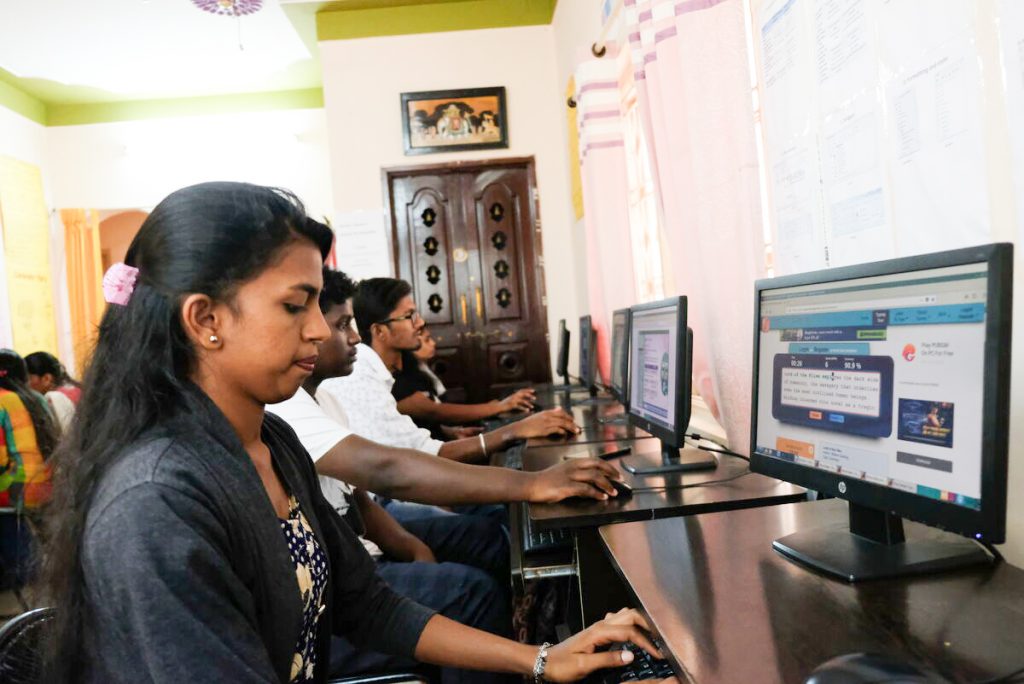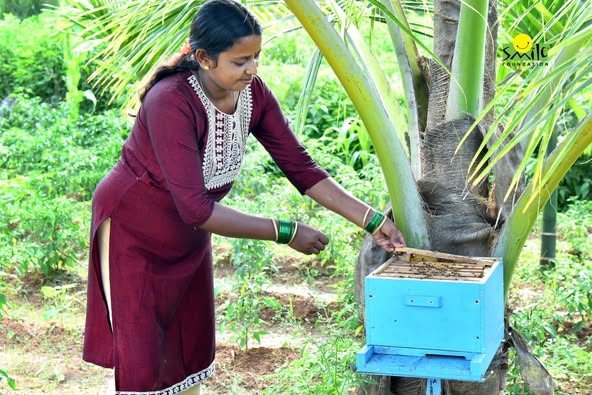Seema, a 24-year-old from a small town in Odisha, bagged her dream job in Bangalore after completing her higher education. She is the first-generation woman from her family who moved out of her house and hometown for work. This means that she chooses to work harder than her colleagues sometimes because of how much she values her job. However, three months into the job, she is now managing multiple projects with short deadlines. This is a stressful situation for her.
While all this is going on, she becomes aware of her impending menstruation, commonly called ‘periods’ in India. She knows that there is no other option but to continue working and meet the deadlines because ‘periods are not considered to be a criterion for a break from work’. So, on the day it happened, she just popped an ibuprofen and went to the office. However, within minutes, intense cramps and weakness overcame her. She blacked out, her vision blurred and she collapsed. This had not happened to her before. She felt embarrassed and thought it better to not share the reason with her superiors. Instead, she made an excuse and applied for a sick leave to take a rest day.
Seema’s story is not unique. Many women face similar challenges, juggling work responsibilities with the physical and emotional toll of menstruation. But what if there were a solution—a way for women to manage their lives better during their menstrual cycles?
Menstrual Leave: A Global Movement
While menstrual leave may sound like a completely new and radical idea, it is actually not the case. Japan introduced it in 1947 and some Asian countries followed suit. However, it remains rare in most of the large economies today. Not long ago, India also witnessed heated debate around this issue when menstrual leave was discussed not just in the media but also in parliament. While it did not lead to a policy mandating menstrual leaves for women, it can be considered as a step in the right direction now that the issue is at least being discussed publicly.
However, the debate around its effectiveness continues. Critics argue that it reinforces gender stereotypes and perpetuates the idea that women are less capable during their periods. Supporters, on the other hand, emphasise its potential impact on employee well-being, productivity and gender equality. To understand this better, we need to make sure that there is a deeper understanding regarding menstrual symptoms.
The Spectrum of Menstrual Symptoms
Menstrual symptoms can significantly vary for all women. While some may experience little pain and discomfort, the others especially those with conditions like endometriosis or premenstrual dysphoric disorder (PMDD)—experience a range of taxing side effects. These symptoms may include:
- Cramps: Intense abdominal pain that can disrupt daily activities.
- Backaches: Persistent discomfort in the lower back.
- Migraines: Debilitating headaches that affect concentration and focus.
While these may seem like issues that can be managed with simple medication, the severity can make them unbearable at times. Also, in a challenging work environment, performing with these symptoms can make it extremely difficult. Therefore, ensuring a menstrual leave during the period as per the needs of the woman may offer a huge relief and allow her to manage her symptoms well.
Women in Physically Demanding Jobs
Imagine working on a construction site or a factory floor while battling severe cramps. The physical demands of lifting, bending and operating machinery become even more gruelling during menstruation. Yet, these women often have no choice but to soldier on. Similarly, female farmers toil in the fields, often without access to clean restrooms or sanitary products. Menstrual leave could provide them with essential respite. It acknowledges their hard work and allows them to rest when needed.
Lastly, the biggest and most common example is the one that we see around us all the time – women working as domestic workers. Domestic workers—cleaning, cooking and caring for others—deserve the same consideration. Menstrual leave would acknowledge their labour and allow them to prioritise their health.
Changing Perspectives for Young Girls
For young girls, the onset of menstruation marks a significant transition. Education about menstrual health becomes crucial. Comprehensive menstrual education integrated into school curricula can break the cycle of ignorance and shame. It empowers girls to make informed choices about their health, fostering a more enlightened and empathetic society.
A big benefit of integrating menstrual health education in our curriculum is that it can create sensitivity around the issue, especially in the minds of young boys. By creating an atmosphere where everyone understands what menstruation may feel like to women and girls, we may be able to create a group for implementing menstrual leave policy in the near future.
Initiatives in India
There are a number of organisations including ours that are working on the ground to spread awareness, support young women and provide necessary menstrual health support to those who cannot access it. At the same time, as mentioned above, the discussion around bringing in menstrual leaves for women has started and has reached our parliament too. Smile Foundation has also been working in this area for a long time and has impacted lakhs of girls and women.
Through programmes like Swabhiman, Smile Foundation focuses on menstrual hygiene, family planning, breastfeeding, nutrition and reproductive health. By providing menstrual health and hygiene education to adolescent girls, we contribute to breaking taboos, reducing risks and ensuring dignity for all.
Normalise it
Leaping way beyond physical well-being, menstrual leave encompasses emotional and psychological aspects too. By normalising conversations around menstruation, we can create a workplace culture that supports women during their cycles. As India introduces its National Menstrual Hygiene Policy, let’s celebrate this leap toward menstrual equity and well-being—one that benefits not only women but society as a whole.









